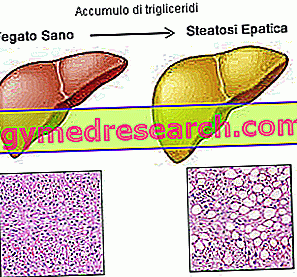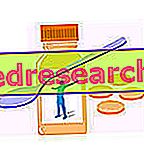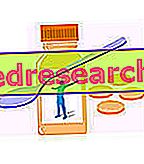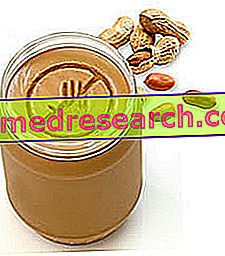What is hepatic steatosis
Liver steatosis is a true degeneration of the liver, caused by the accumulation of triglycerides in hepatocytes.
Generally, hepatic steatosis is reversible thanks to diet and drug therapy; however, in a percentage of 5-10% of cases it may develop into liver cirrhosis, especially in the case where the subject is abused alcohol.
Causes
More commonly known as "fatty liver", hepatic steatosis is caused by an excessive intake of alcohol, carbohydrates and dietary lipids, or by the altered ability to dispose of fat.
The causes of hepatic steatosis are many and can give rise to the pathology in an autonomous or multifactorial manner; the most frequent are:
- Exogenous toxic agents such as "nervine" molecules and drugs: alcohol, phosphorus, tetracycline (antibacterial drugs inhibiting protein synthesis), carbon tetrachloride (solvent for dry cleaning, coolant and extinguishers but currently in disuse), anabolic steroids etc.
- Obesity and relative hyperalimentation
- Dyslipidemias (hypertriglyceridemia, LDL hypercholesterolemia etc.)
- Nutritional deficiency (protein-energy malnutrition that causes a reduction in circulating lipoproteins; this is a typical condition of the third world, the disadvantaged, chronic alcoholics and psychiatric patients)
- Pregnancy steatosis (quite rare but very severe and frequently fatal).
All the above causes are influenced by the subject's diet.
Symptoms

From the blood point of view, the increase in transaminases (specific enzymes-specific markers of hepatic cell damage) and prothrombin time (speed of blood coagulation influenced by proteins synthesized by the liver; greater prothrombin time = worse liver function ).
Role of the Diet
The diet for the remission of hepatic steatosis acts directly on the removal of the triggering causes; therefore, it is essential to follow some food hygiene rules as a nutritional therapy:
- Abolition of hepatotoxic drugs (cited above)
- Abolition of alcohol and any other nerve (including caffeine and theine)
- Abolition of sugary drinks and sweets in general
- Abolition of junk food or junk food
- Drastic reduction of products containing significant amounts of food additives
- Calorie restriction and consequent negative energy balance
- Moderation of the intake of carbohydrates, especially refined and / or simple
- Moderation of fat intake, especially saturated
- Moderation of cholesterol intake
- Increase in the intake of dietary fiber
- Increased antioxidant intake
- In the case of hypo-nourishment / malnutrition, reaching 1 gram of protein per kg of body weight and total vitamin ration
- Promotion of a diet to purify the liver, namely: taking good doses of ascorbic acid, polyphenols, cynarin (gallbladder stimulator) and silymarin (which increases the synthesis of liver proteins and inhibits that of inflammatory mediators and free radicals); in practical terms it translates as: high frequency of citrus consumption, artichoke (containing cynarin), milk thistle (silymarin), apple, blueberry, cabbage and extra virgin olive oil (antioxidants).
In addition to following the diet for hepatic steatosis, it is possible to facilitate the pathological course of the disease by also taking some drugs; among these we mention: glutathione, urodesoxycholic acid, silymarin, thiopronin and phosphatidylcholine; methadoxine is also indicated in alcohol abuse.
Appearance: Diet for fatty liver, practical example »
Bibliography:
- Hepatocellular carinoma - M. Colombo - Elsevier - page 48
- Complete treaty of abuses and addictions . Volume 1 - U. Nizzoli, M. Pissacroia - Piccin - pag 984
- Reasoned medical therapy - A. Zangara - Piccin - pag 927



